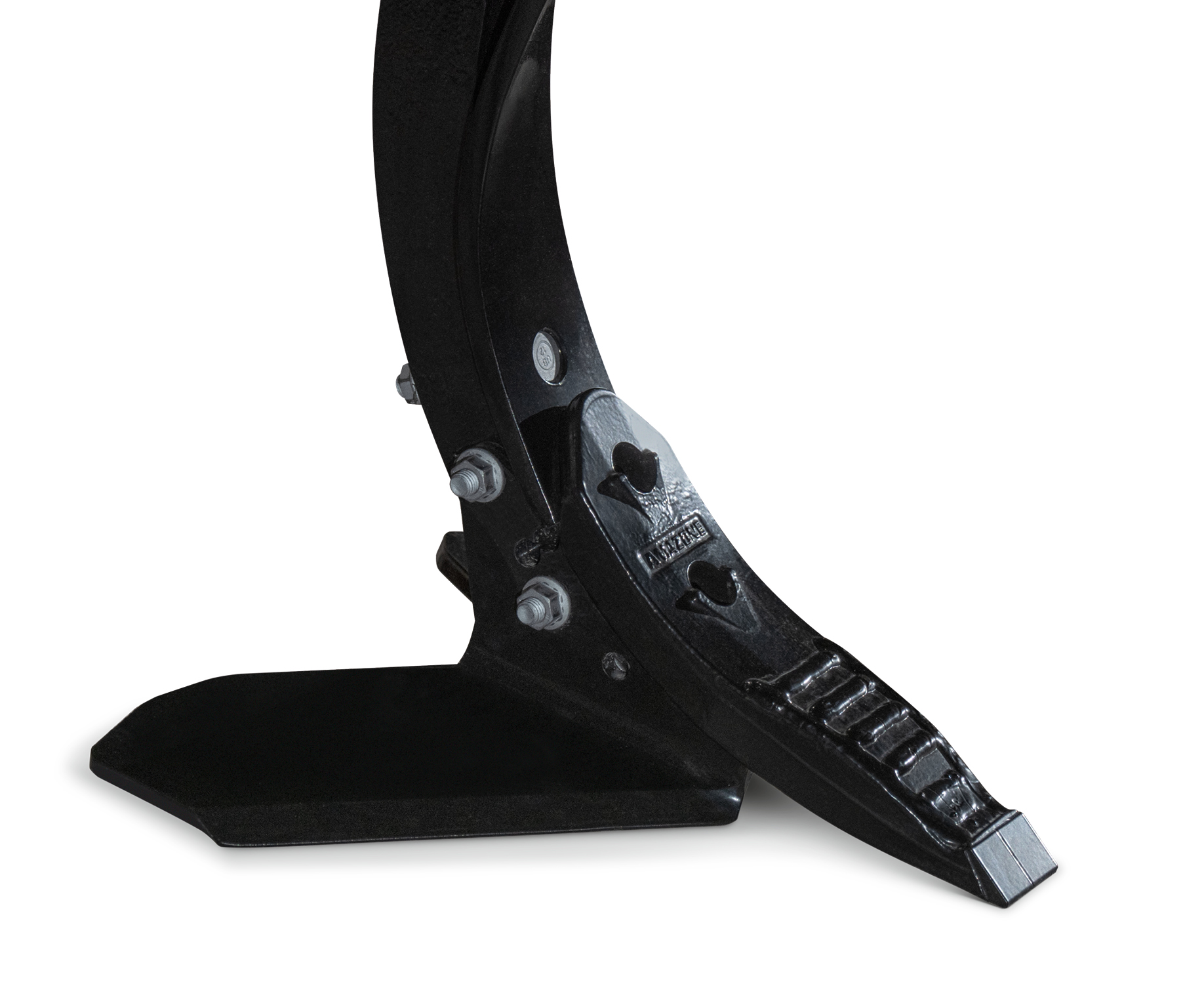For intelligent crop production
Why use a shallow cultivator?
With the launch of the Cobra shallow cultivator, Amazone offers a new machine which is characterised particularly by its universal application. The Cobra is not only ideal in achieving its main goal of mechanical weed control, it can also be used on the farm all year round. It comes into its own not just in shallow stubble cultivation, but also shows its strengths in the second or third deeper tillage pass, catch crop destruction as well as for seedbed preparation.
The large selection of different pre-working tools, tine variants and packer rollers or harrows allows the Cobra to provide the ideal combination of cultivation elements for any location and every farming system.
The benefits:
- Versatile machine for a wide range of soil tillage tasks
- Individually configurable
- Long lifespan thanks to the robust construction
The objective of catch crop destruction is to stop plant growth and initiate rotting of the catch crop, for instance, in the spring before maize sowing. This is particularly effective with the Cobra, thanks to optional knife rollers. These provide a chevron blade arrangement that prevent lateral pull. The knives can be turned, thereby halving the wear costs, which means that the Cobra is even more cost-effective to run. The duckfoot shares move soil across the full working width and also provide a clean cutting action and ensure good mixing of the soil and the organic matter.
Full-surface movement and therefore full-surface cutting of stubble or weeds are also extremely important for good shallow stubble cultivation. AMAZONE offers various duckfoot shares in a width of 220 mm, meaning that sufficient overlapping of the shares is guaranteed under any conditions based on a tine spacing of 13.3 cm. The large selection of packer rollers enables the soil to be optimally reconsolidated, in order to make volunteer grains germinate.
The objective of the second pass is to control germinated weeds. The increase in resistance to and the reduction in plant protection agents means that mechanical weed control during a second pass is steadily growing in importance. The duckfoot shares undercut the weeds across the full working width. Thanks to the option of the double harrow as an alternative to the packer roller, the harrow pulls out the weeds without any further reconsolidation. The germinated weeds and volunteers lie exposed on the soil surface and die.
The seedbed generates the foundation for good field emergence. A large amount of fine soil is produced in the mix by the vibration of the ECO leaf-spring tines. This provides optimum germination conditions for the seed. The field is optimally levelled and reconsolidated thanks to the optional levelling unit in front of the following roller.
